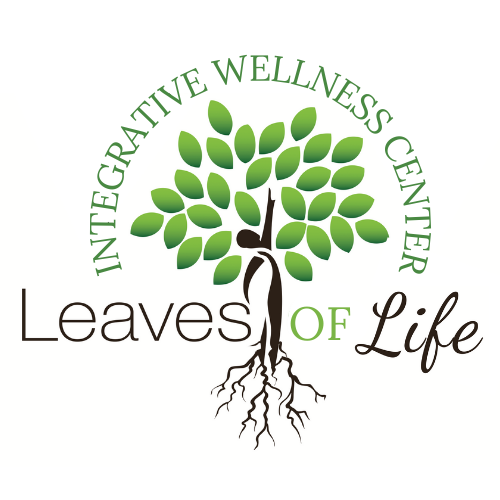Multivitamin Series
Part 1 of a 3-part multivitamin series:
Should you take a multivitamin?
Unless you eat 6-8 servings (a serving is the size of your closed fist) of fresh or frozen organic vegetables and 1-2 servings of fresh or frozen organic fruits in an array of colors MOST days, you should be taking a multivitamin.
I find many clients eat what I call the “White-Yellow-Brown Diet”: eggs, cheese, nuts, meat, dairy and grains (pasta, bread/baked goods, crackers), and regularly consume refined/processed foods which provide caloric, though not nutrient density, and require nutrients for proper metabolism of the calories they contain. For optimum nutrition, we need to eat the colors of the rainbow, since each color provides a different portion of the spectrum of nutrients necessary to good health, and we need to consume them in sufficient quantities.
One salad at lunch and one cooked veggie for dinner is simply not enough.
Would I prefer my clients eat sufficient veggies and fruit rather than take a multivitamin? Absolutely! Don’t get me wrong: a multivitamin does not substitute for eating well, or provide a valid excuse not to, but if you’re not doing so, a multivitamin is a must. And even if you are, it's important to consider the nutrient depletion that occurs from farming over and over in the same soil without properly nourishing it.
If you’re ill, recovering from surgery or injury, dealing with excessive or chronic stress, or exercise regularly, your nutrient needs will be higher, and a multivitamin can provide a nice array of necessary nutrients to catalyze numerous chemical reactions involved in repair, detoxification, production of hormones and neurotransmitters and much more.
Without enough vitamin B6, for instance, you can’t make sufficient serotonin or progesterone. I like to think of vitamins (and minerals) as metabolic spark plugs.
What's with all the Negative Press about Vitamins?
Here are the most common problems I find when dissecting often sensationalized study results:
1. Correlational Studies
Most research findings we hear about are based on correlational studies (usually observational or epidemiological) which are designed to observe for correlations, NOT determine cause and effect.
Before being accepted as fact, results from correlational studies should then be taken to a randomized controlled trial (RCT), a study that is designed to ensure that only one possible relevant factor distinguishes the treatment group from the control. When done properly, a RCT can draw a cause-and-effect relationship under specific conditions that exist within the study setting.
Unfortunately, when reported by the media in sensationalized headlines, correlative research findings are not quantified as “preliminary” or “research hypotheses,” and many people mistakenly use these "sound bytes” to make decisions about their health.
2. Potentially Flawed Studies
Often studies have serious design flaws. The Iowa Women’s Health Study was an 18-year observational study that was repeatedly reported to have shown that women who took multivitamins had a statistically higher mortality rate.
Among the design flaws: women who took multivitamins were nearly twice as likely to be taking synthetic hormones (which we now know increases mortality), there was no data gathered on other prescription medication use, and the study ended at age 82, which is older than the current average life expectancy for women, AND more than 50% of the women studied lived BEYOND life expectancy.
None of these confounding variables were factored in.
3. Skewed Data
Sad to say, often data is “cherry-picked” to manipulate consumers.
4. Incorrect Species or Dose
Sometimes the study does not use the proper species or part of a medicinal plant (leaves vs. roots), uses a dose below what is typically recommended for the condition being studied, or doesn’t use it long enough or at the correct stage of the condition.
5. Incorrect Form or Usage
In the case of vitamins, the wrong form may be used (synthetic vs. natural), or other guidelines of proper usage are not accounted for (antioxidants, such as vitamin E, should never be given alone, and toxic compounds should not be used to extract the active components from a plant).
Bottom Line:
In a world that has become increasingly toxic (toxins require nutrients to be removed safely from the body), and where our farming practices, genetically engineered and processed/refined foods provide us with less and less of what we need, a multivitamin can mean the difference between marginal or outright deficiencies and optimal nutrient levels.
I encourage all of my clients to do micronutrient testing to assess their nutrient status. It is almost always obvious when clients are not taking a multivitamin (or are wasting their money on a bad one).
Next post I’ll discuss how to pick a multivitamin and some common mistakes I see when reviewing supplement labels and regimens in my practice.
Until next time...
Patty
